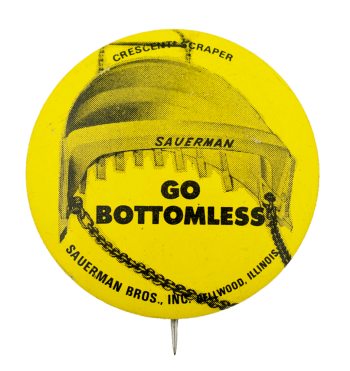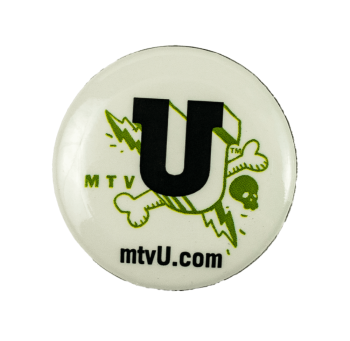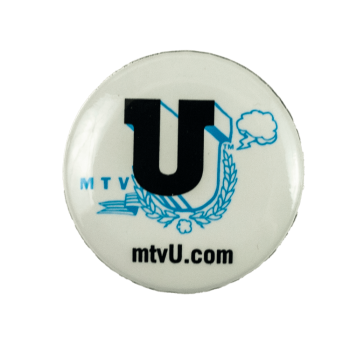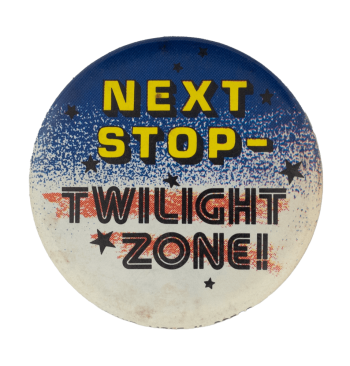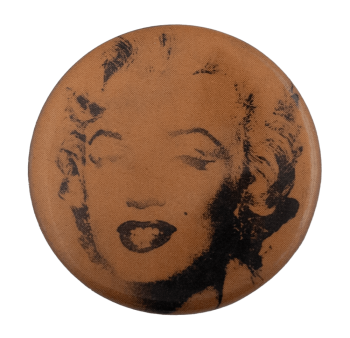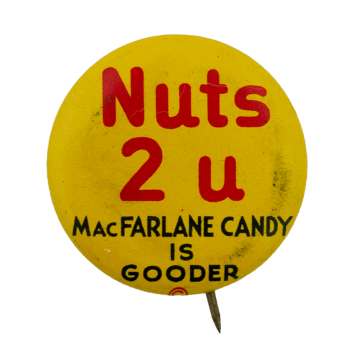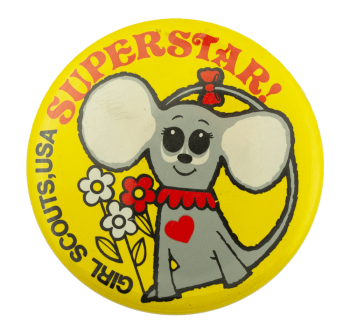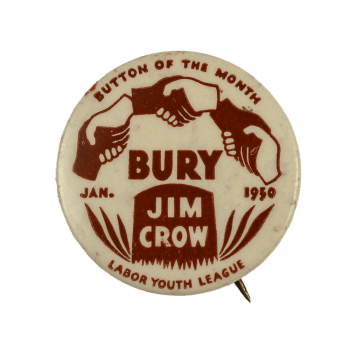Sauerman Go Bottomless
| Category | |
|---|---|
| Additional Images | |
| Sub Categories | |
| Text on Button | CRESCENT SCRAPER SAUERMAN GO BOTTOMLESS SAUERMAN BROS., INC. BELLWOOD, ILLINOIS |
| Image Description | Black text on yellow background with an image of the "crescent scraper" behind the text. |
| Back Style | |
| The Shape | |
| The Size | |
| Year / Decade Made | |
| Additional Information | From 1910s to 1990 Sauerman Bros. Inc. was a construction equipment manufacturer based in the Chicago area. They specialized in excavators, wire ropes, cableways, and aerial tramways. Sauerman Bros. Inc. appeared in numerous engineering and machinery catalogs during the early to mid-20th century promoting their scrapers and other construction equipment. By 1990, Sauerman Bros. Inc. was acquired by AmClyde Engineered Products Inc. Sauerman Bros. Co. produced promotional items for their popular lightweight model crescent scraper bucket, as seen here. The crescent scraper bucket, developed in the 1950s, was considered innovative for its use in various excavation projects. |
| Sources |
Berry, Thomas. “Equipment Echoes Issue #137.” Flipbuilder.com, Equipment Echos, 2020, online.flipbuilder.com/vnak/afio/index.html#p=19. Accessed 1 Sept. 2024.
|
| Catalog ID | AD1115 |

